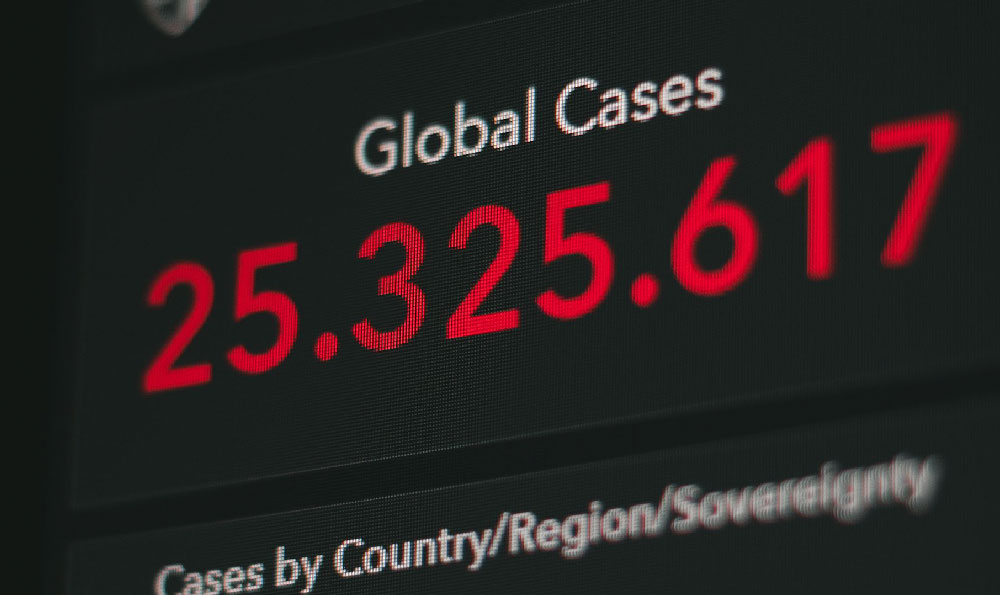The allure of the modeling world is undeniable. Glossy magazine covers, high-profile fashion shows, and the promise of a glamorous lifestyle all contribute to its captivating image. A common question that arises when considering this industry is, “Do models really earn big?” The answer, as with most things in life, is nuanced and depends heavily on several factors. While the top echelon of models undoubtedly amass significant fortunes, the reality for the vast majority is far more grounded.
The perception of models earning exorbitant salaries often stems from the highly publicized success of a select few supermodels. Names like Gisele Bündchen, Kendall Jenner, and the Hadid sisters are synonymous with immense wealth. These individuals have transcended the industry, becoming global brands in their own right. Their earnings come not only from runway shows and editorial shoots, but also from lucrative endorsement deals, collaborations with major fashion houses, and entrepreneurial ventures. However, it's crucial to recognize that they represent the exception, not the rule. Their success is a culmination of talent, strategic career management, relentless hard work, and, let's be honest, a considerable amount of luck.
The actual income of a model is determined by a complex interplay of factors, including experience, agency representation, the types of modeling work they undertake, and geographical location. Entry-level models, often referred to as "new faces," typically earn modest sums. Their initial focus is on building a portfolio, gaining experience, and securing representation from reputable agencies. Pay for test shoots, smaller editorial projects, or local advertising campaigns can range from a few hundred to a few thousand dollars. Building a strong portfolio is often an investment in oneself, and models might even work for free on "tear sheets" (images to be used in their portfolio) to collaborate with established photographers and stylists.

Agency representation plays a pivotal role in a model’s earning potential. A well-established agency with strong industry connections can significantly increase a model’s chances of landing higher-paying jobs with reputable clients. Agencies typically take a commission, which can range from 10% to 20% or even higher, depending on the market and the agency's terms. While this might seem like a significant cut, the agency provides invaluable services, including marketing, negotiation, contract review, and overall career guidance. A good agency acts as a crucial advocate for its models, ensuring they are fairly compensated and protected from potentially exploitative situations.
The types of modeling work a model pursues also greatly influence their income. Runway modeling, particularly during major fashion weeks in cities like Paris, Milan, and New York, can be lucrative for established models. However, the competition is fierce, and only a small percentage of models are selected to walk in these prestigious shows. Editorial work for high-fashion magazines like Vogue, Harper's Bazaar, and Elle can also provide significant exposure and contribute to a model's reputation. However, editorial rates can vary considerably, with some publications offering minimal pay while others provide substantial compensation, particularly for exclusive shoots. Commercial modeling, which includes advertising campaigns for brands ranging from clothing and cosmetics to food and automobiles, is often a more consistent source of income for many models. While the glamour factor might be lower compared to high-fashion work, commercial campaigns typically pay well and offer opportunities for repeat bookings.
Geographical location is another critical determinant of a model's earning potential. Major fashion capitals like New York, Paris, and Milan offer the most opportunities and the highest rates. However, the cost of living in these cities is also significantly higher, which can offset some of the financial benefits. Models working in smaller markets or regional areas might earn less, but their expenses are also likely to be lower. The demand for specific types of models can also vary depending on the region. For instance, commercial models might find more opportunities in cities with a strong advertising industry.
Beyond the base pay, models often receive additional compensation for usage rights, which grant clients the right to use their images in specific ways for a defined period. These usage fees can significantly increase a model's earnings, particularly for campaigns that are widely distributed across multiple media channels. Negotiating favorable usage rights is a crucial aspect of contract negotiation, and a skilled agent can play a vital role in securing the best possible terms for their models.
It is important to acknowledge that the modeling industry is not without its challenges. Models often face intense competition, demanding schedules, and pressure to maintain a certain physical appearance. Irregular income is also a common issue, particularly for freelancers. Work can be sporadic, and models might experience periods of high earnings followed by stretches of inactivity. This requires careful financial planning and budgeting to manage income fluctuations effectively.
Furthermore, exploitation and unethical practices are sadly prevalent in some segments of the industry. Models, particularly young and inexperienced ones, are vulnerable to being taken advantage of by unscrupulous individuals. This highlights the importance of working with reputable agencies and seeking legal advice when necessary.
In conclusion, while the potential for high earnings exists in the modeling world, it is crucial to have a realistic understanding of the industry. The vast majority of models do not earn "big" in the same way as the supermodels we see in the media. Income varies widely based on experience, agency representation, the types of modeling work, and geographical location. Success requires talent, hard work, resilience, strategic career management, and a degree of luck. For those who are passionate about pursuing a career in modeling, it is essential to approach it with a clear understanding of the challenges and opportunities, and to prioritize building a strong network of trusted professionals who can provide guidance and support. Financial prudence and careful planning are also essential for navigating the income fluctuations that are inherent in the industry. Only with a realistic perspective and a strategic approach can aspiring models increase their chances of achieving financial stability and a fulfilling career.












